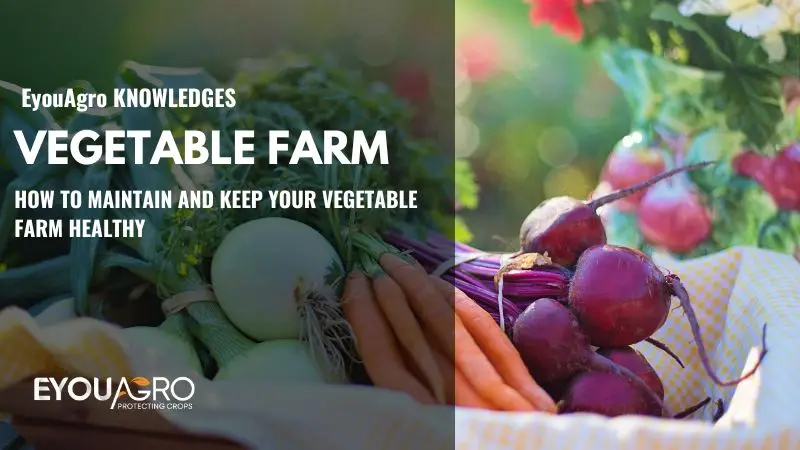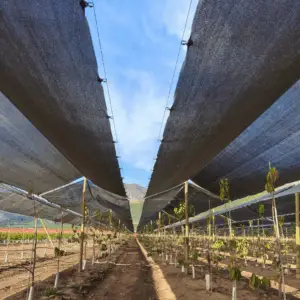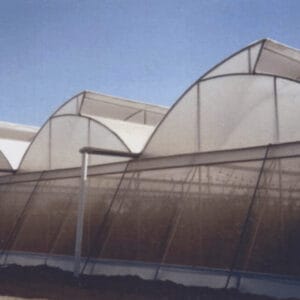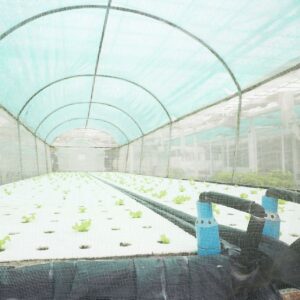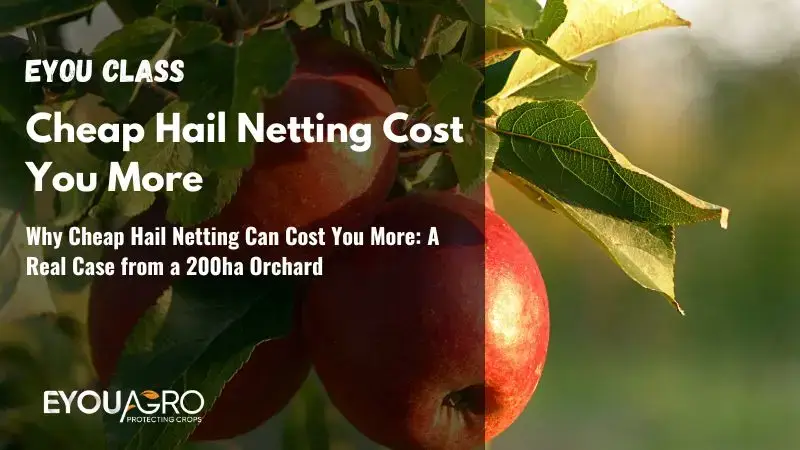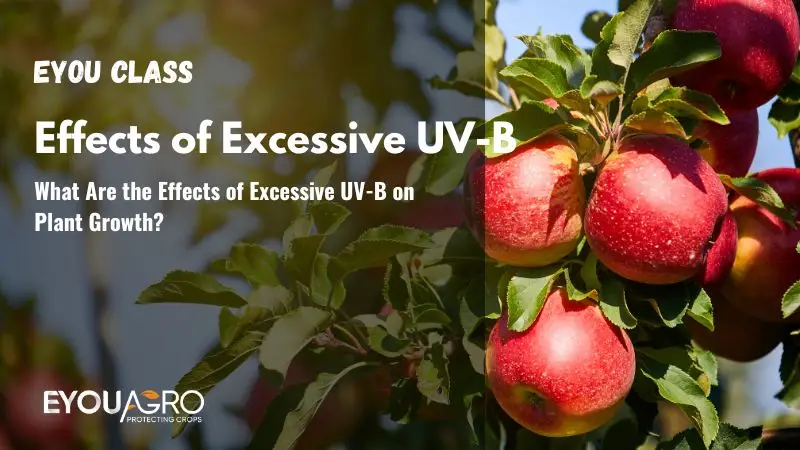The vegetable plants on your farm require constant care and attention to stay healthy. The key is to keep them moist but not soggy, feed them regularly, and protect them from pests like aphids, snails, slugs, caterpillars, leafhoppers, and more.
Before learning to maintain and keep your vegetable farm healthy, let’s define a vegetable garden.
What is a Vegetable Farm?
A vegetable farm is a farm where you grow your
- Cauliflower
- Sprouts broccoli.
- Pumpkin
- Cabbage
- Cucumber
- Zucchini.
- Sweet potato
- Lettuce
- Spinach
- Silverbeet.
- Yam
- Celery
- Asparagus
- Onions
- Garlic
Now that you know what a vegetable farm is, let’s see why you need to grow vegetables on your farm.

10 Tips on How to Maintain a Healthy Vegetable Garden
Growing a vegetable garden is hard work. It takes time, patience, and dedication to do it right. But if you follow these simple steps, your vegetables will be happy and healthy all season long
1.Feed Your Soil
Deep, nutrient-rich soils promote vigorous plants with broad root systems. Add organic matter to your ground, such as composting, manure, or leaf mold. You should add organic matter in the winter to allow the soil to absorb it before spring.
2.Water Frequently and Wisely
Although you won’t need to rinse much early in the season, preparing beforehand for the summer’s hottest and driest days is a good idea.
Suppose you use shade protection, you’ll use the least amount of water and have fewer disease concerns.
3.Planting Companions
Some plants have a mutually beneficial relationship. When you grow them together, they can help boost overall production. Companion planting can take many different shapes. Climbing beans, for example, can be supported by tall corn, and lettuce planted between columns of carrot or onion helps to cover weeds while these softer crops develop.
4.Before You Plant, Make a Plan
Avoid going to your local garden center without a plan and pick just any plants or seeds.
Begin by developing a list of the vegetables that your family enjoys and that you want to cultivate.
Research into the best selling and most suitable types of vegetables to grow locally.
5.Select Plants That Will Flourish
Growing what thrives in your soil and environment will result in better growth and larger harvests, which may seem apparent. Sweet potatoes and tomatoes, for example, thrive in warm areas. In colder climates, choose cold-tolerant crops such as chard and cabbage.
Choose cultivars that thrive in your region. Heat-tolerant types are essential for places with searing summer sun, whereas early kinds are ideal for short growing seasons.
6.Collect Additional Rainwater
Watering vegetables with rainwater are the best solution. Rainwater is softer, contains fewer pollutants, and has a pH most plants prefer, promoting more significant overall growth.
If you’re still irrigating your crops with treated water, now is the time to install more water containers and collect as much rainwater as possible.
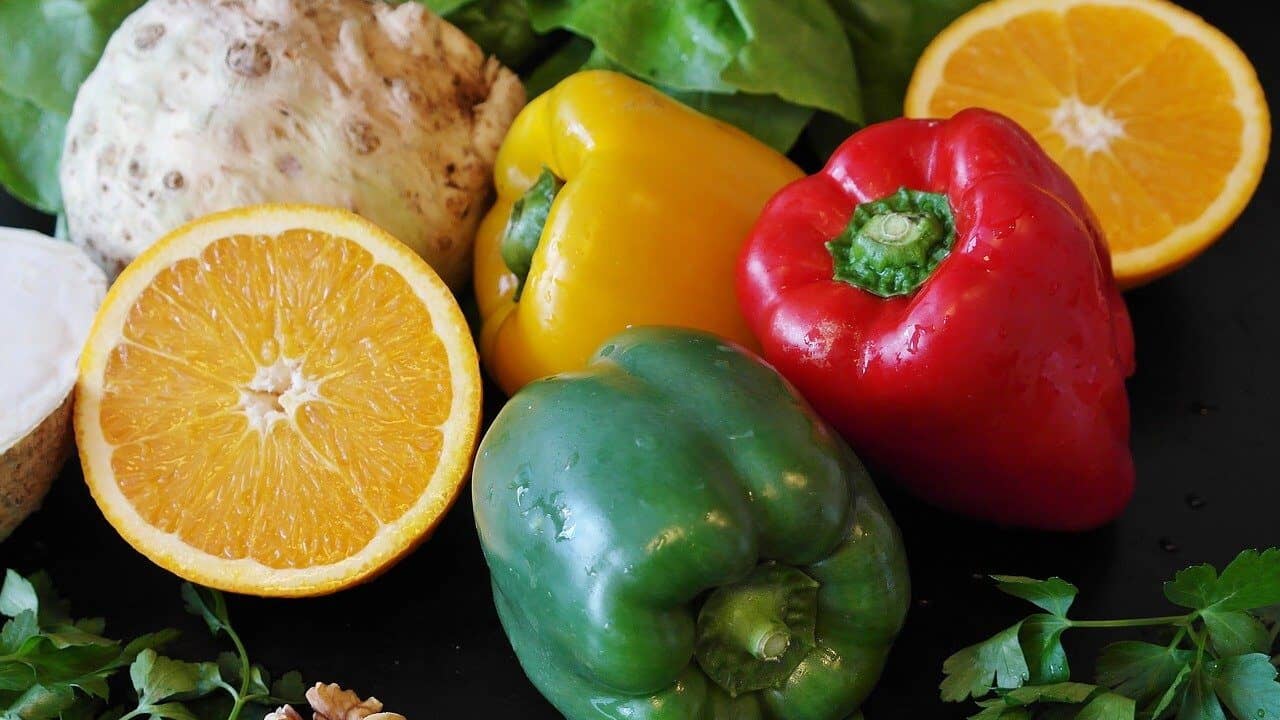
7.Mulching
Mulch has so many uses in the garden that we should always keep some on hand.
You only want natural, untreated mulch that provides rich, organic material for your garden.
Natural mulching may cover sections of bare dirt in your vegetable garden, discourage weed growth, assist the soil in retaining moisture, and even help prevent infection.
8.Pest Control That is Preventative
To stop pests in their tracks, take a proactive strategy. Place barriers like insect netting and bird netting over susceptible plants to shield them from flying insect and bird pests. You can also remove hiding spots like upturned pots or long grass in and around growing regions.
Then, every few weeks, go out in the evening when slugs are eating to pick them off and dispose of them by torchlight.
9.Make the Most of Your Farm by Using Climbing Plants
You can grow more on any farm by going vertical, no matter how little it is.
Vertically growing veggies also saves time. Since you can see precisely where the crops are, picking and maintenance happen more quickly.
Because of the enhanced air circulation around the foliage, fungal infections are less likely to impact upward-bound plants.
10. Instead of Planting Crops in Rows, Try Planting Them in Triangles
Pay attention to placing your plants in each bed for the best results. Planting in square patterns or rows is not advisable. Instead, put the plants in triangles to stagger them. You can fit 10 to 14 percent more plants in each bed.
Conclusion
These are a few tips to maintain and keep your vegetable gardens healthy. Mulch the garden with straw or hay, which will help retain moisture in the soil and protect against weed growth.
Another important thing you can do for your vegetable farm is to water it regularly. Also, add compost around plants that need more nutrients so they grow firm and produce plenty of veggies!. All the best as you embark on this journey.

If you already have veggies on your farm but are worried about frost or bugs, don’t be. Eyouagro has you covered. Frost protection netting and bug netting are available. They aid in your crops’ absorption of sunshine and air and protect them from climatic variables such as frost and pest assaults. After you’ve purchased it, our crew will always be there to assist you with the installation.
Contact us to find out suitable netting protection for your farm, or order online at Eyouagro.

